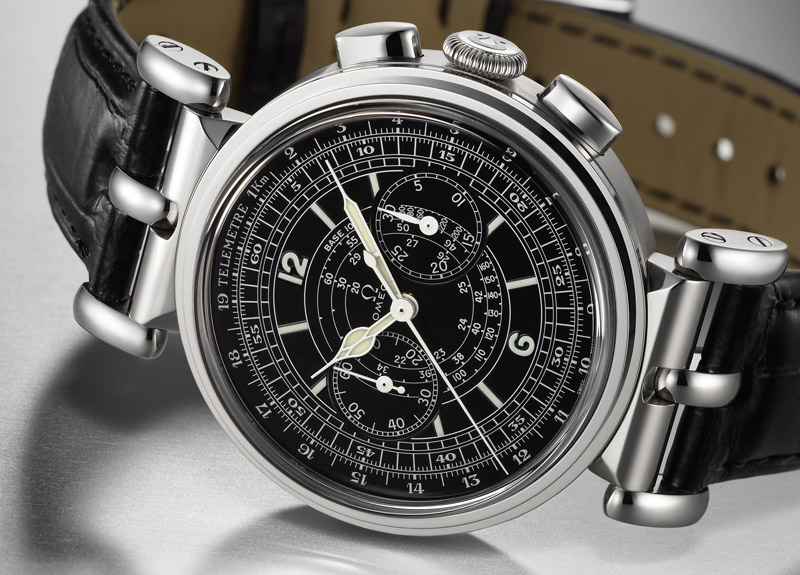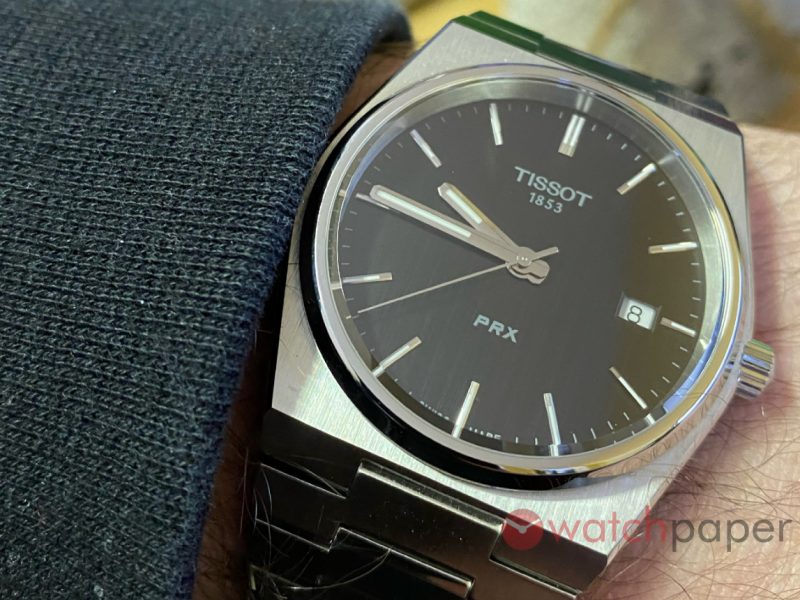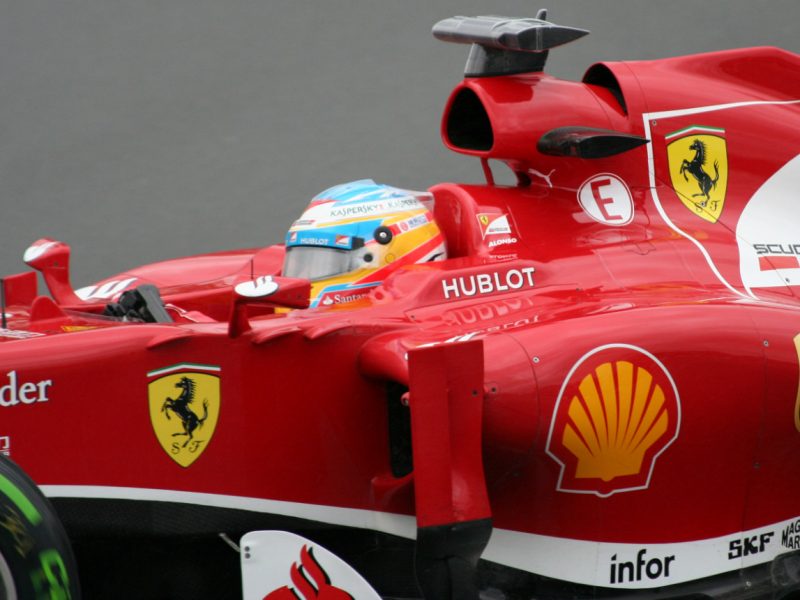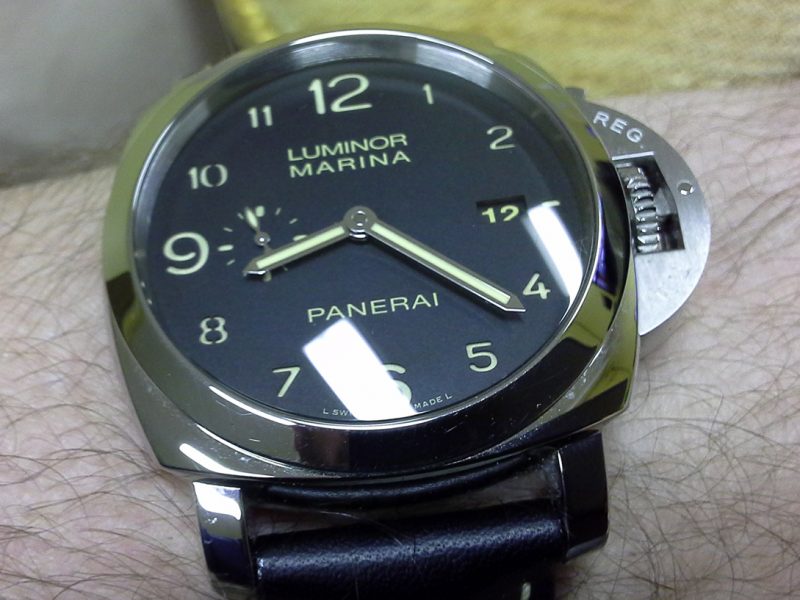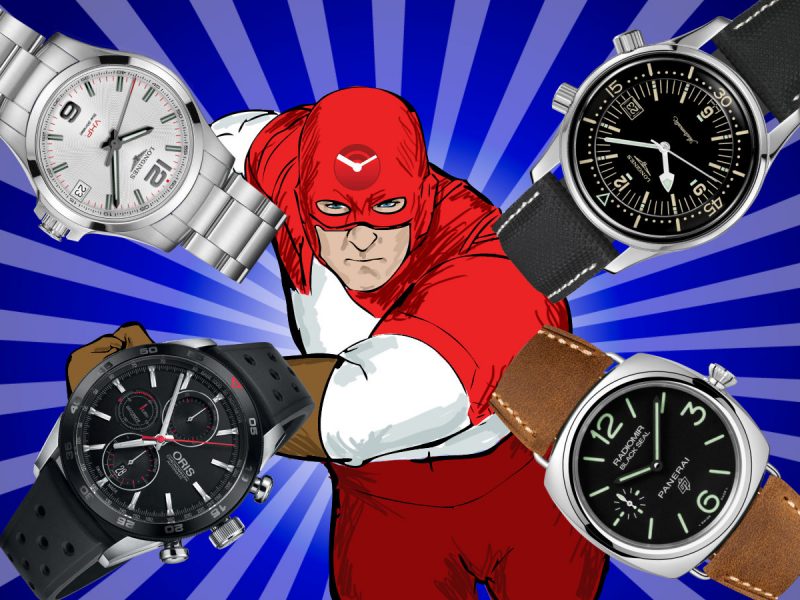When a watch isn’t a watch: timepiece vocabulary
This might be my very last blog for WatchPaper. Adam might ban me from the website after this.
You see – I don’t wear “watches”, I wear timepieces. What’s the difference? When I think of a “watch”, I think of a $50 Timex that you bought at your local pharmacy. Or a TW Steel that a 17-year-old received as a graduation gift from his stepmom.
No offense to WatchPaper- “watch” is the universally accepted term and I think it’s a great name for the site. But I wear timepieces, or ‘pieces for short. And we drop the apostrophe and just say, “piece”. A piece, to be precise, is a timekeeping device powered by a mechanical movement. It is not necessarily über expensive, but it is made by craftsmen and has some prestige and class.
Let’s review some more vocabulary.
A watch’s (pun intended) movement is its engine — it is the mechanical element that powers the watch and keeps time. Movements have cool names like Calibre This, Calibre That, or Calibre 123XYZ.
I wrote a whole post on accuracy and on power reserve.
Size refers to a watch’s diameter and is measured in millimeters. Classic size is 39-41mm while 42mm is quite standard today. Larger pieces like Panerai Luminor are 44mm and larger. Anything 44mm or larger is considered oversize.
Height refers to the thickness of a case. 8mm-12mm is common with taller pieces being 15mm or so. I haven’t seen many pieces taller than 15mm.
A crown is the doo-hickey that winds the movement and sets the time, date etc. The pushers are the cool stopwatch-looking things that activate other functions such as the chronograph.
Lume refers to a watch’s luminosity. You may think that a glow-in-the-dark dial is a cheap, gimmicky thing, but strong lume is one way to tell a fake or a knock-off. You see, luminous material is very expensive and would not be used on a fake watch.
I wrote a post on grail pieces.
Lugs are the things that hold the strap in place and lug width is important as it determines the size of strap needed. I think 22mm is common lug width, with larger pieces such as Panerai having 24mm or more.
A complication is any function performed by a watch in addition to displaying hours, minutes and seconds. A chronograph, for example, can time a racing lap or a steak on the BBQ.
Of course, we could go on. I think the main thing is to be able to converse intelligently with a “watch” dealer….or at least sound superior when discussing with friends.
Yours truly,
TimeCaptain


